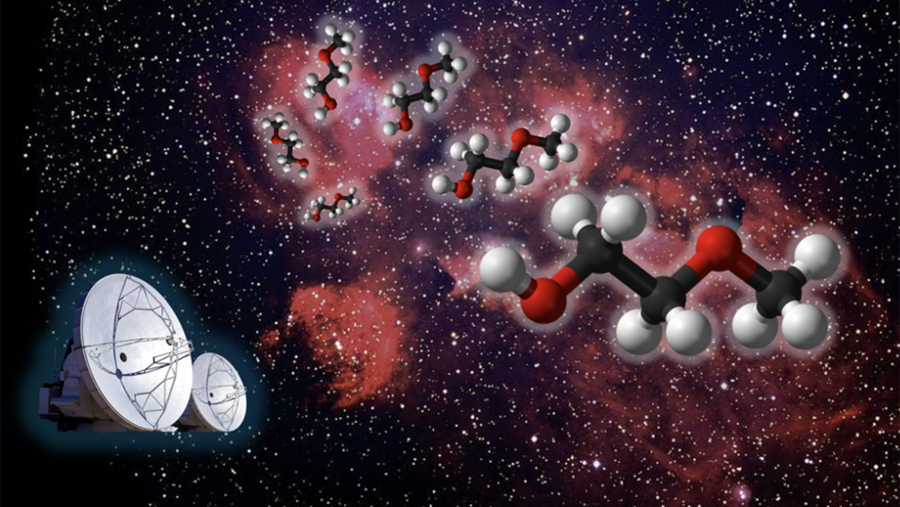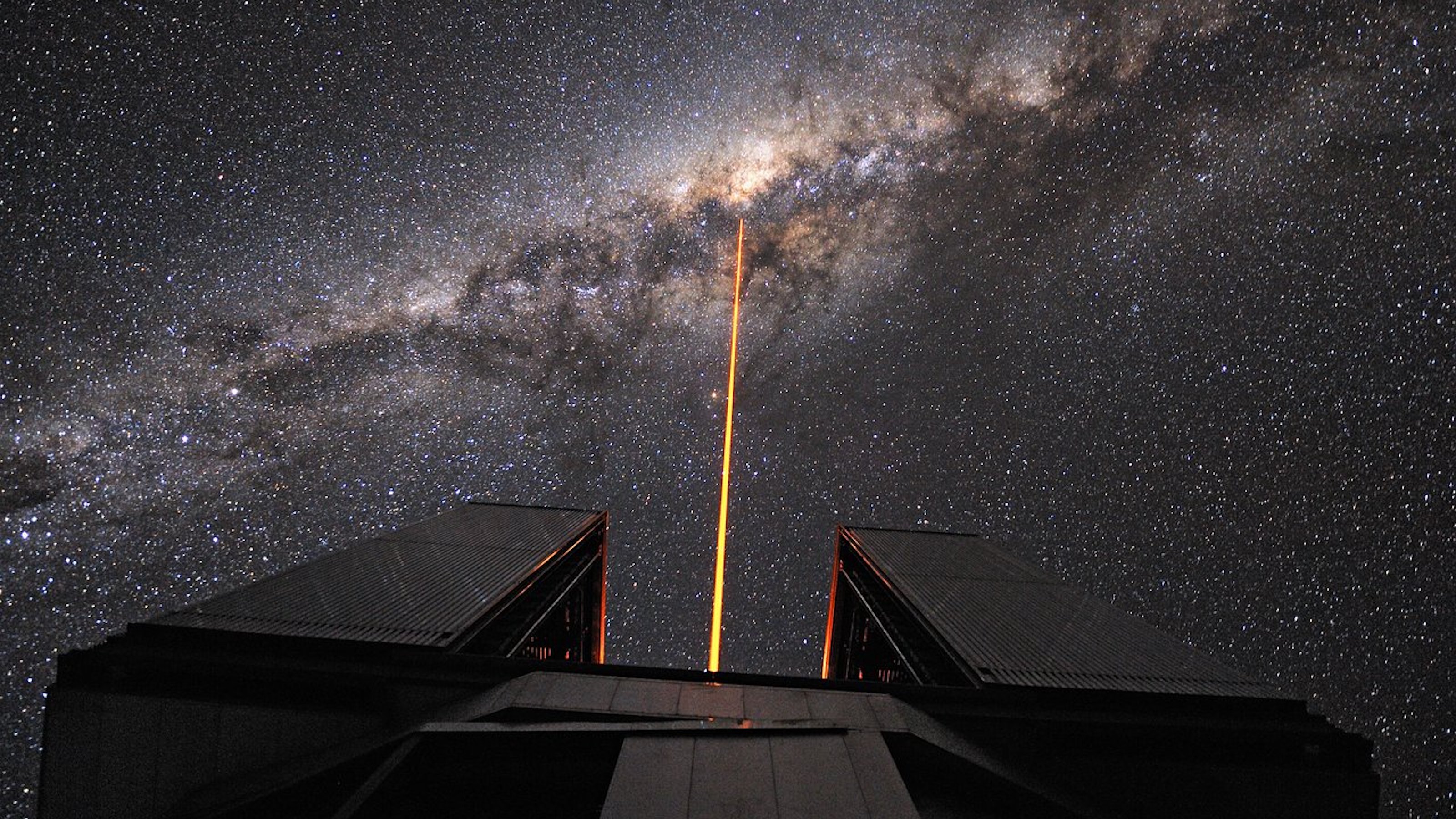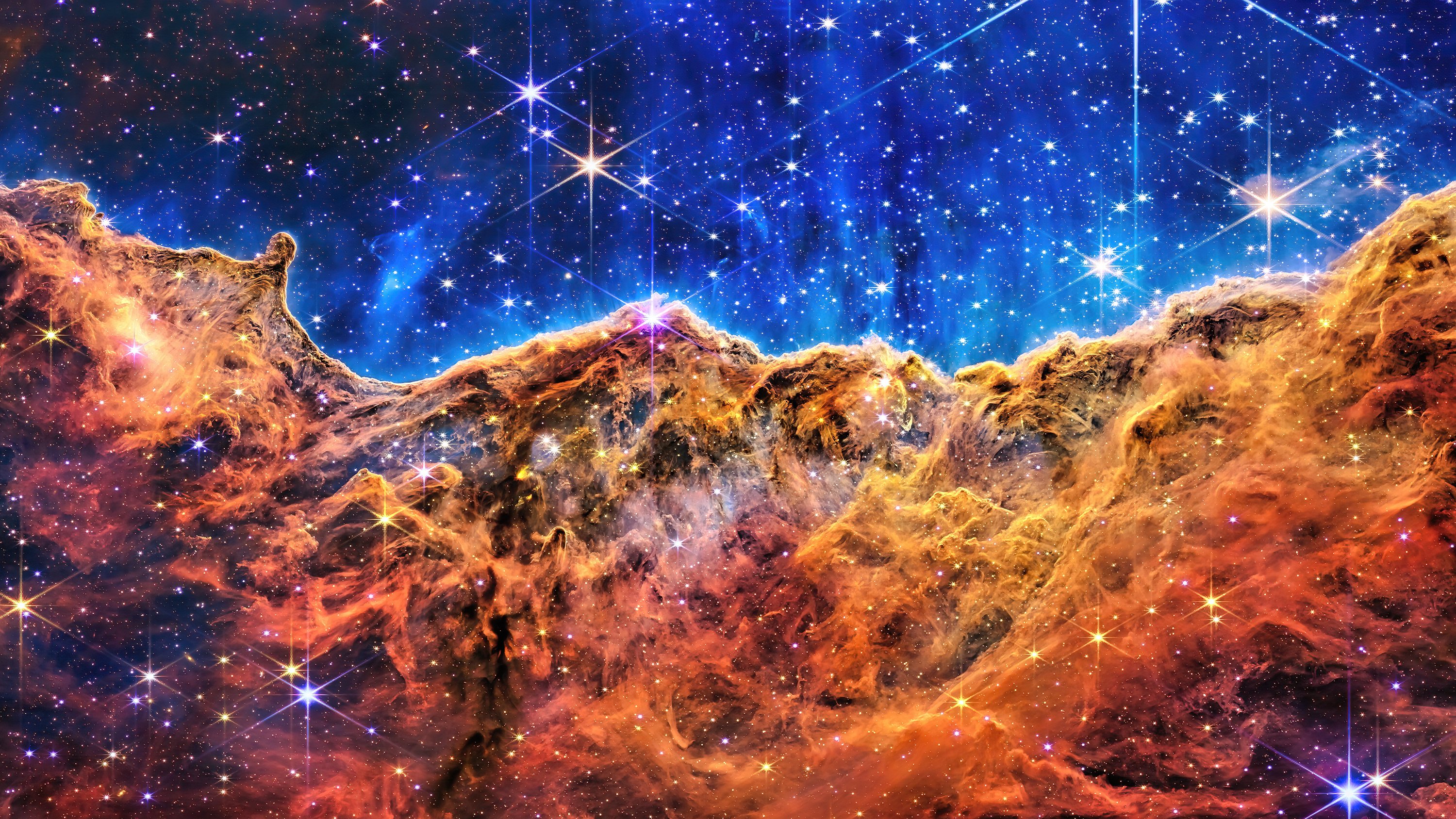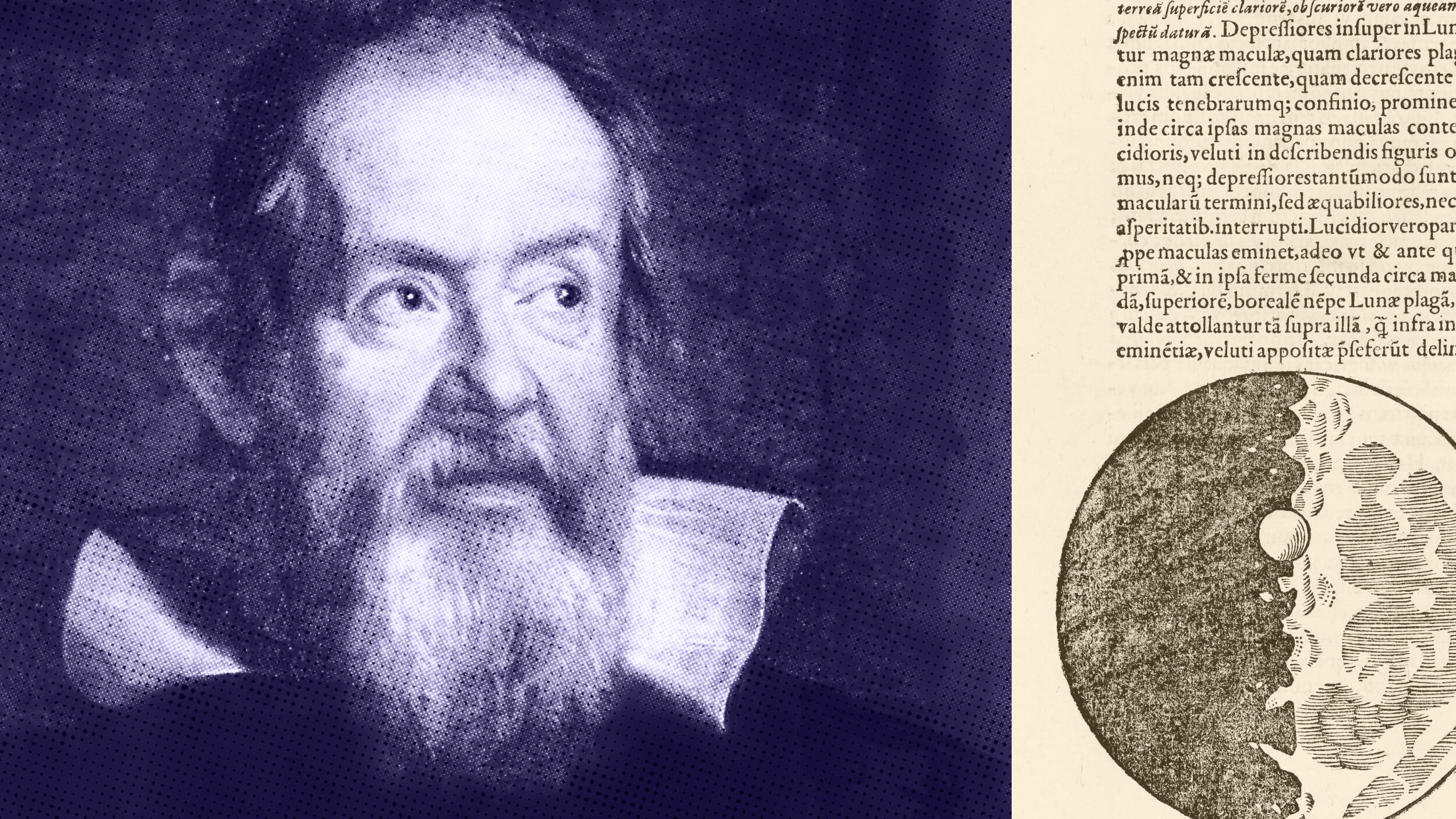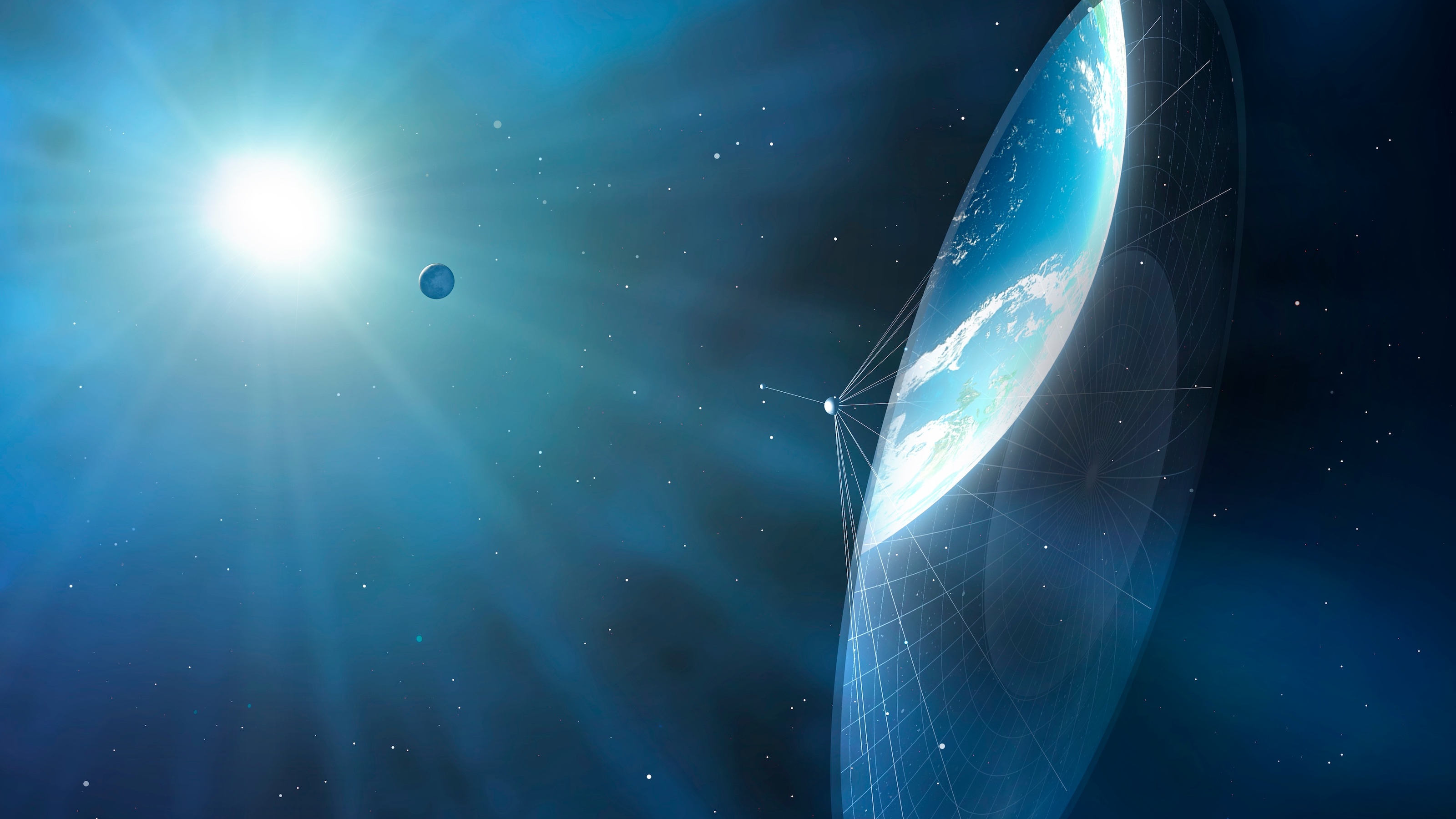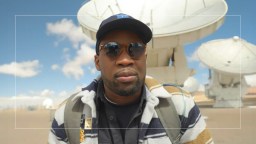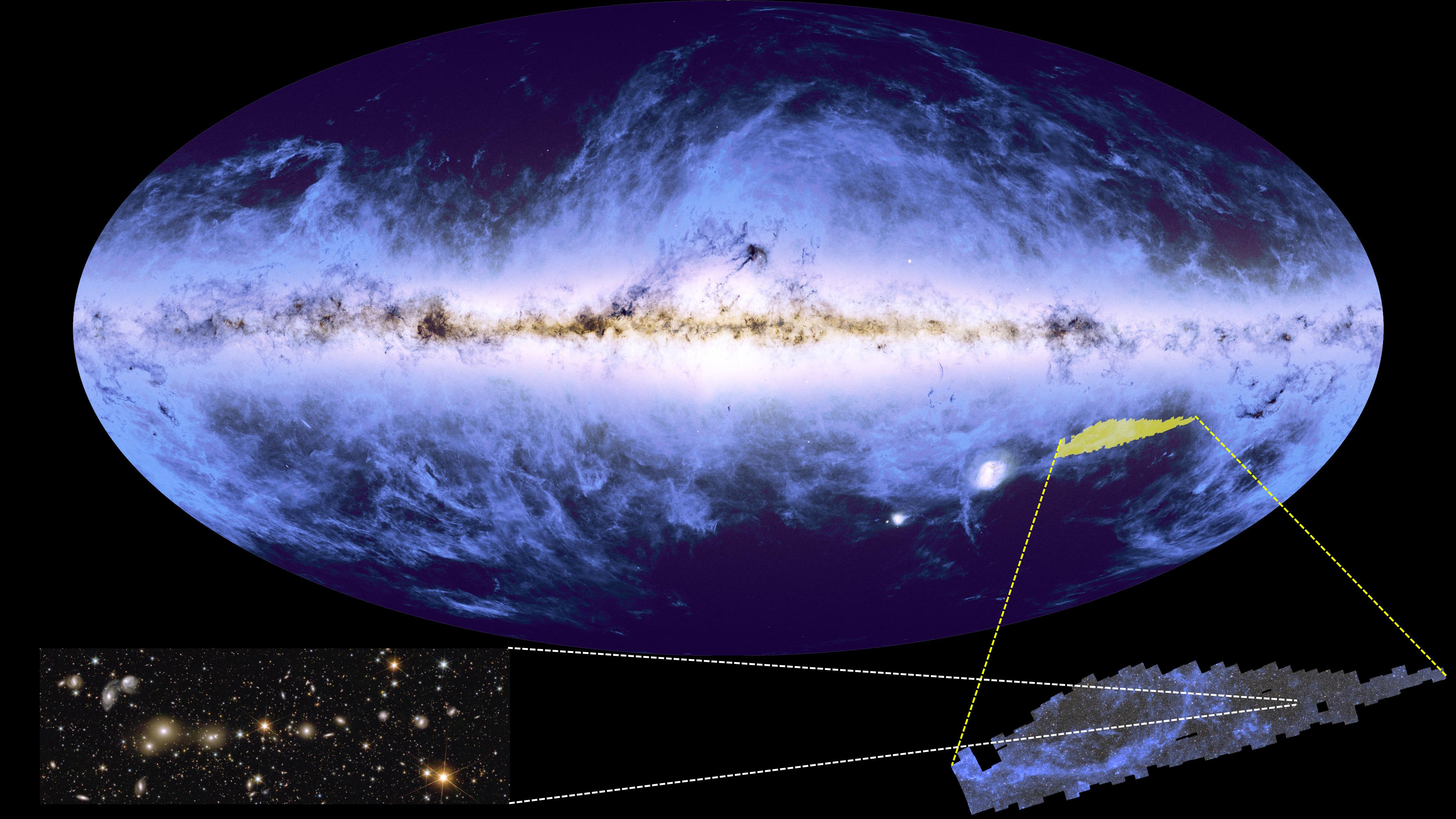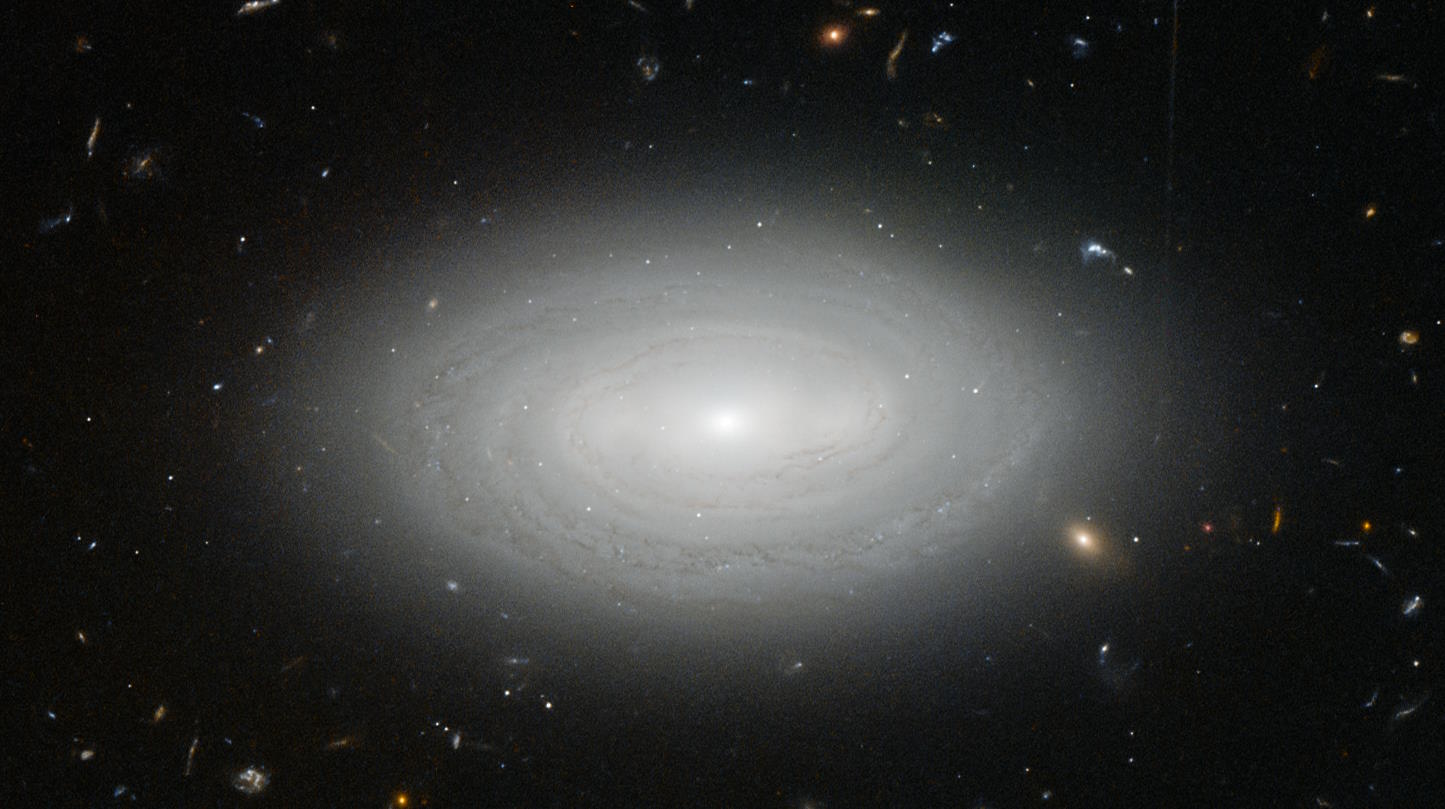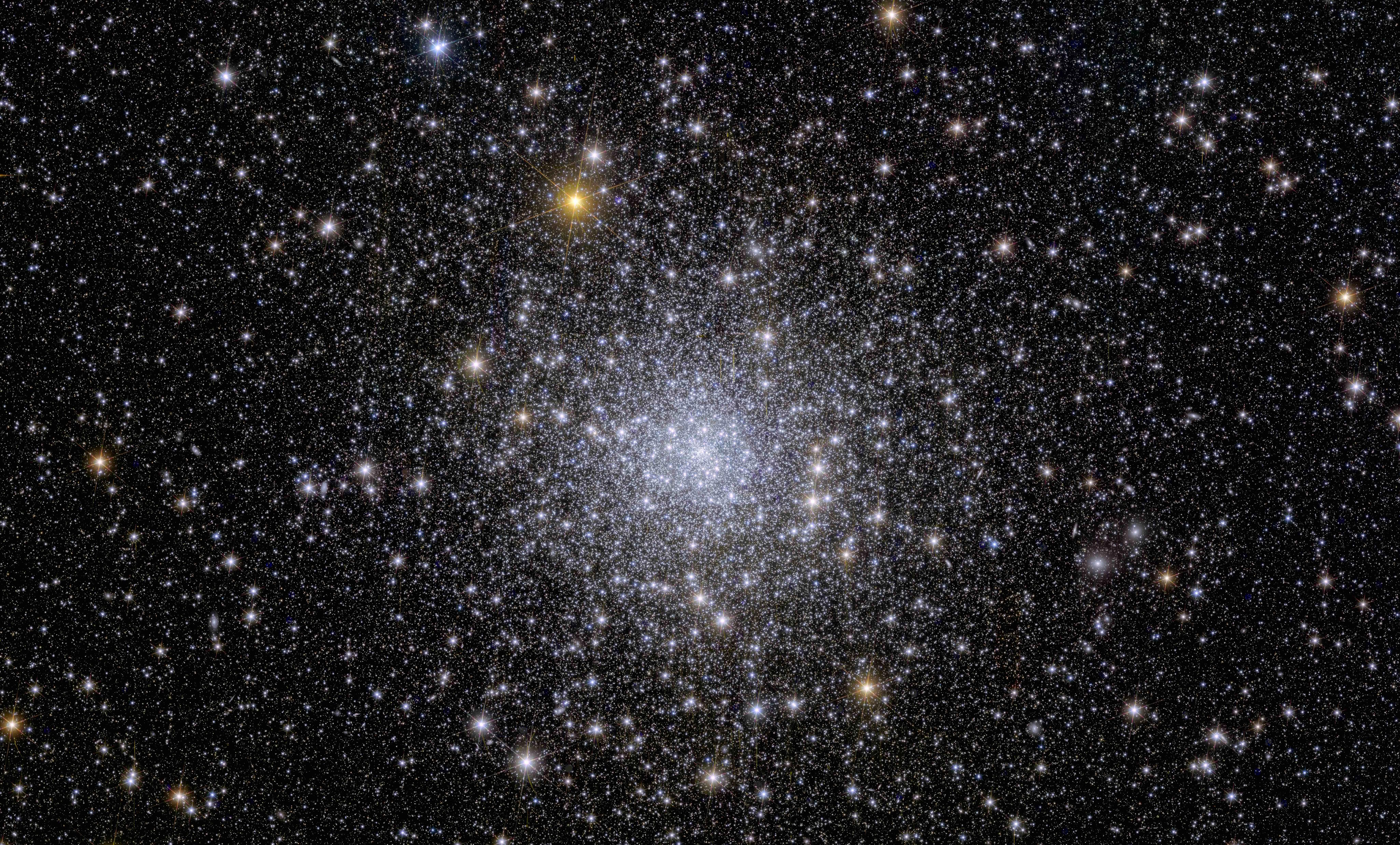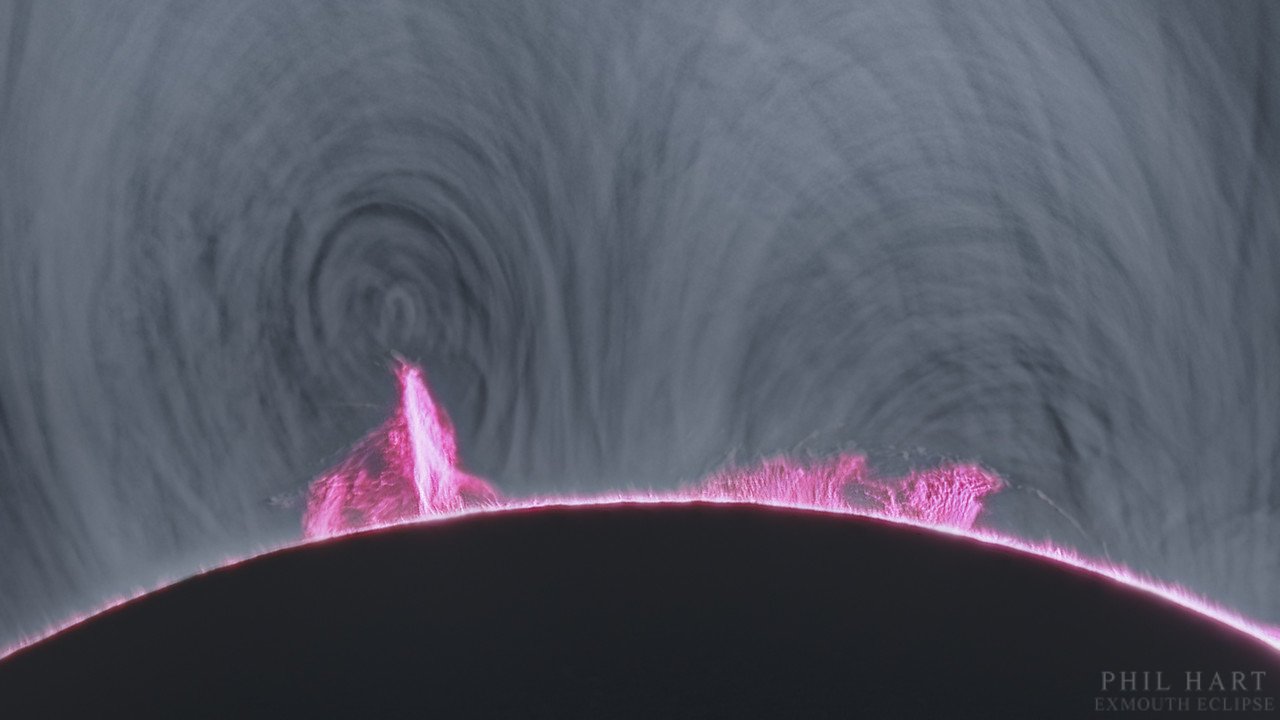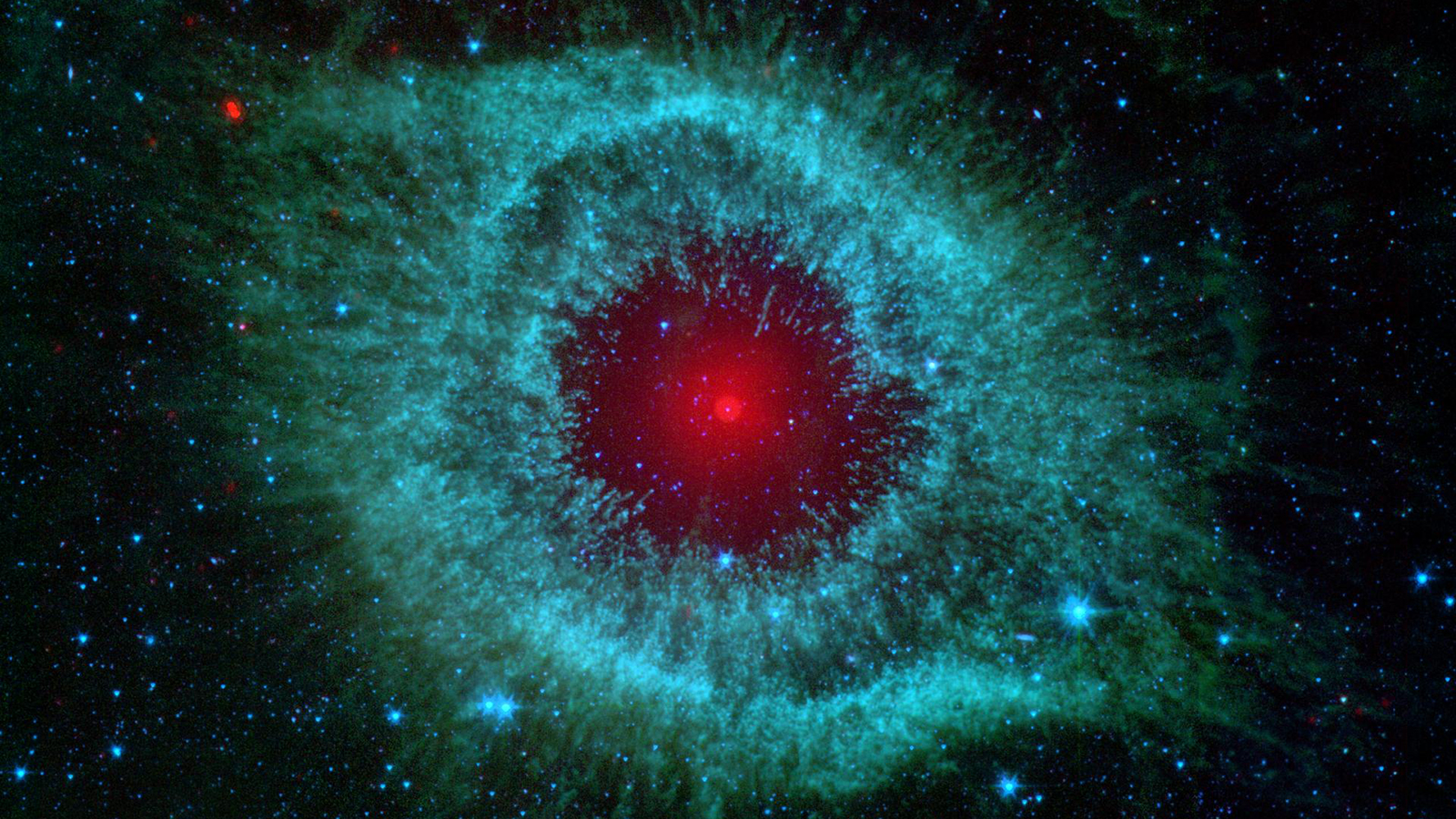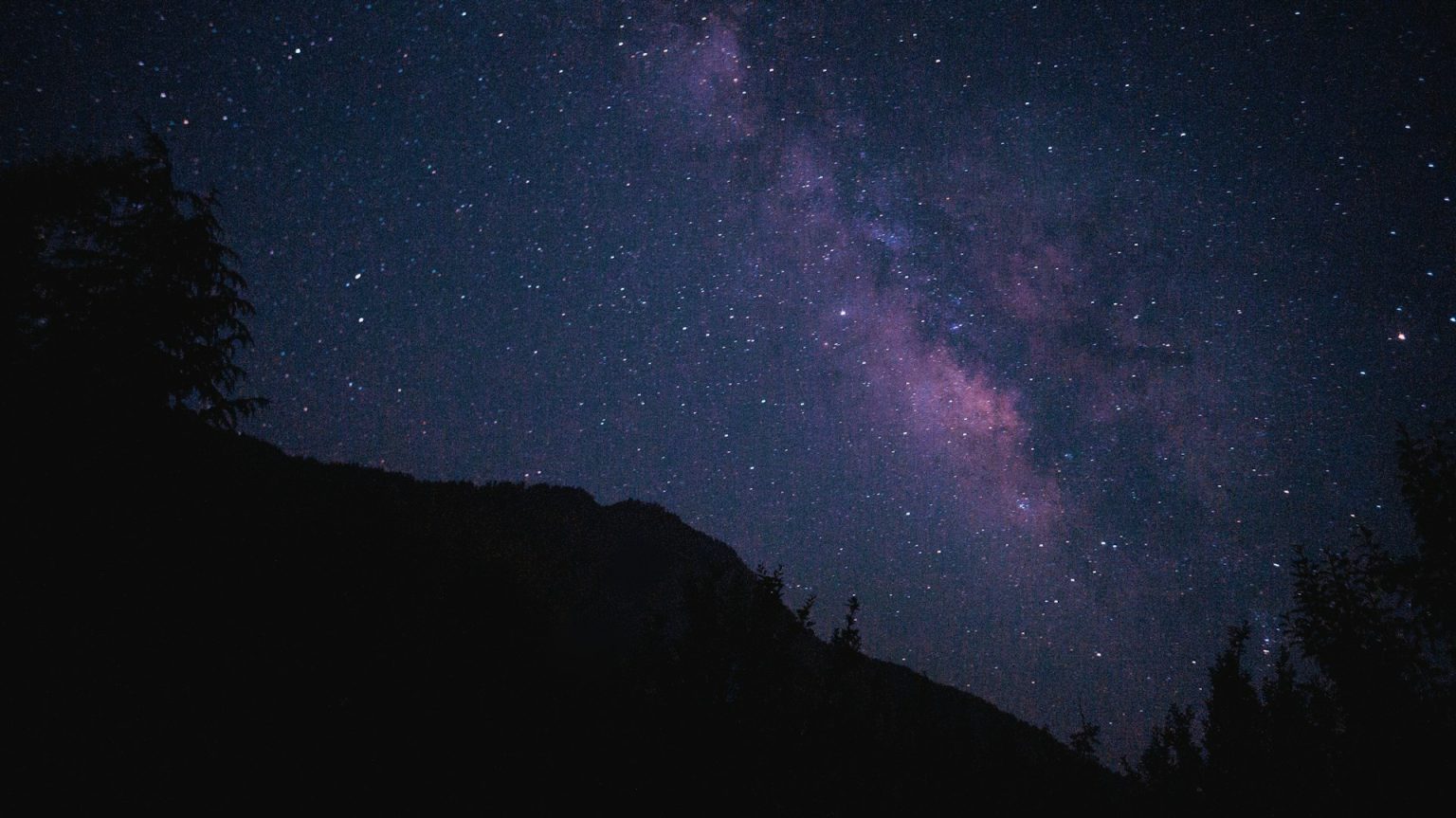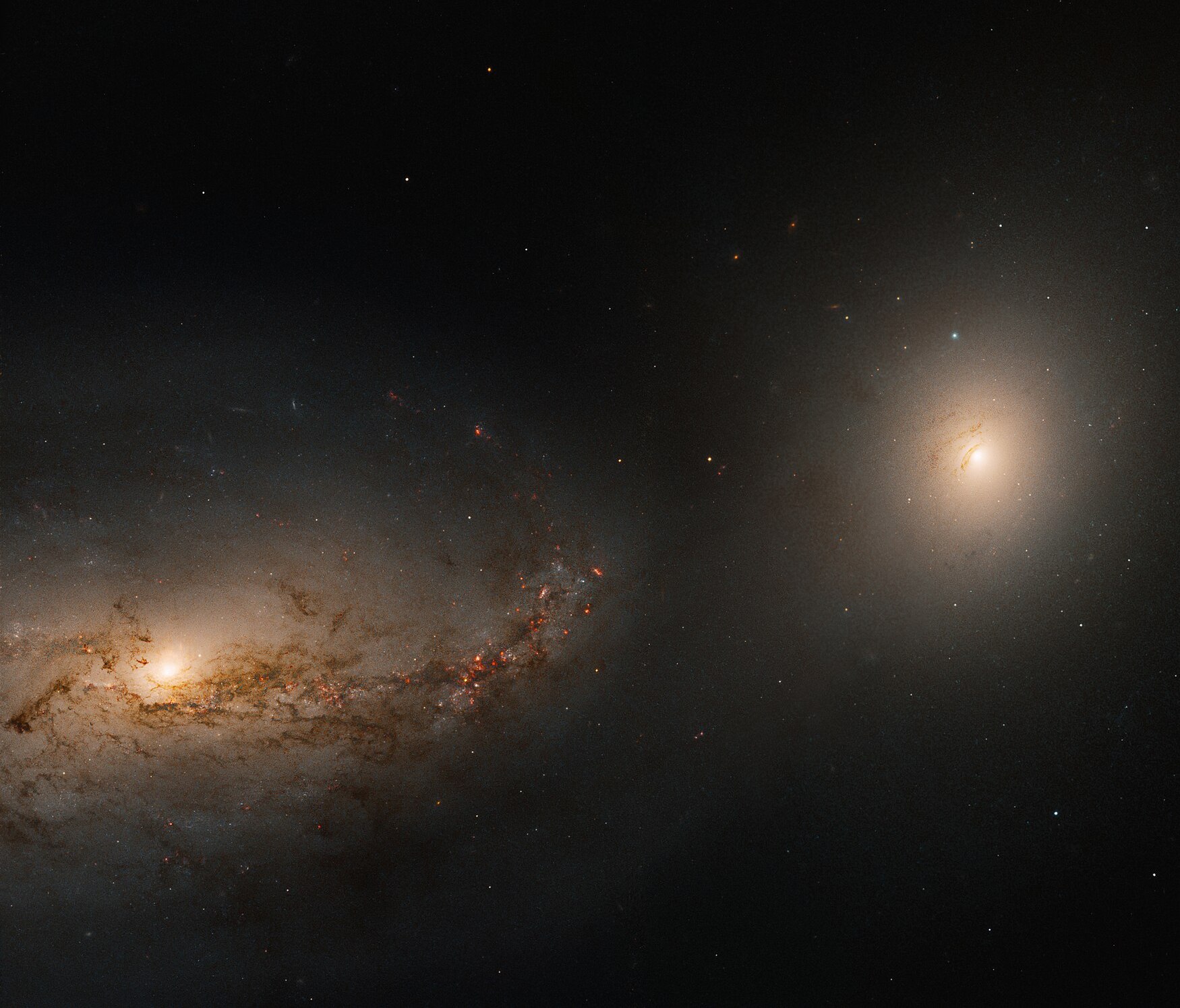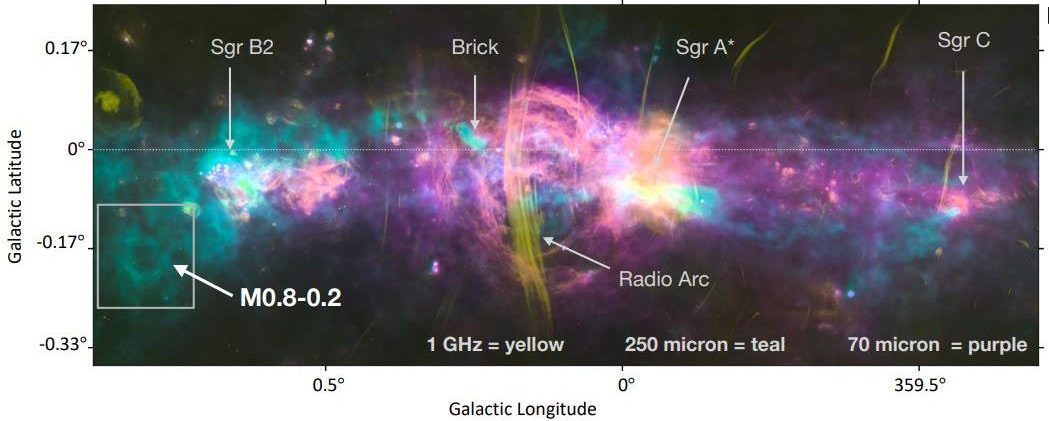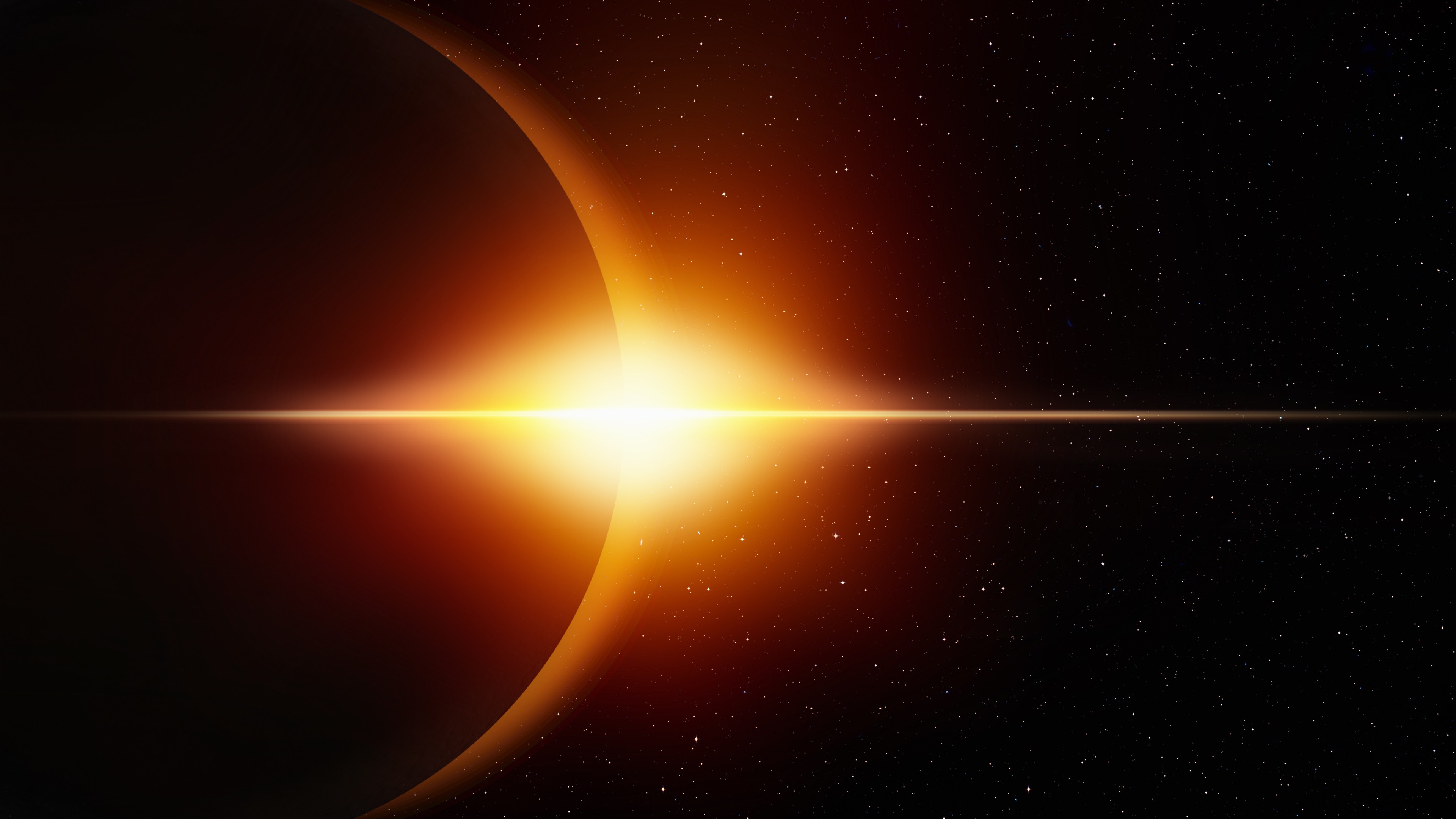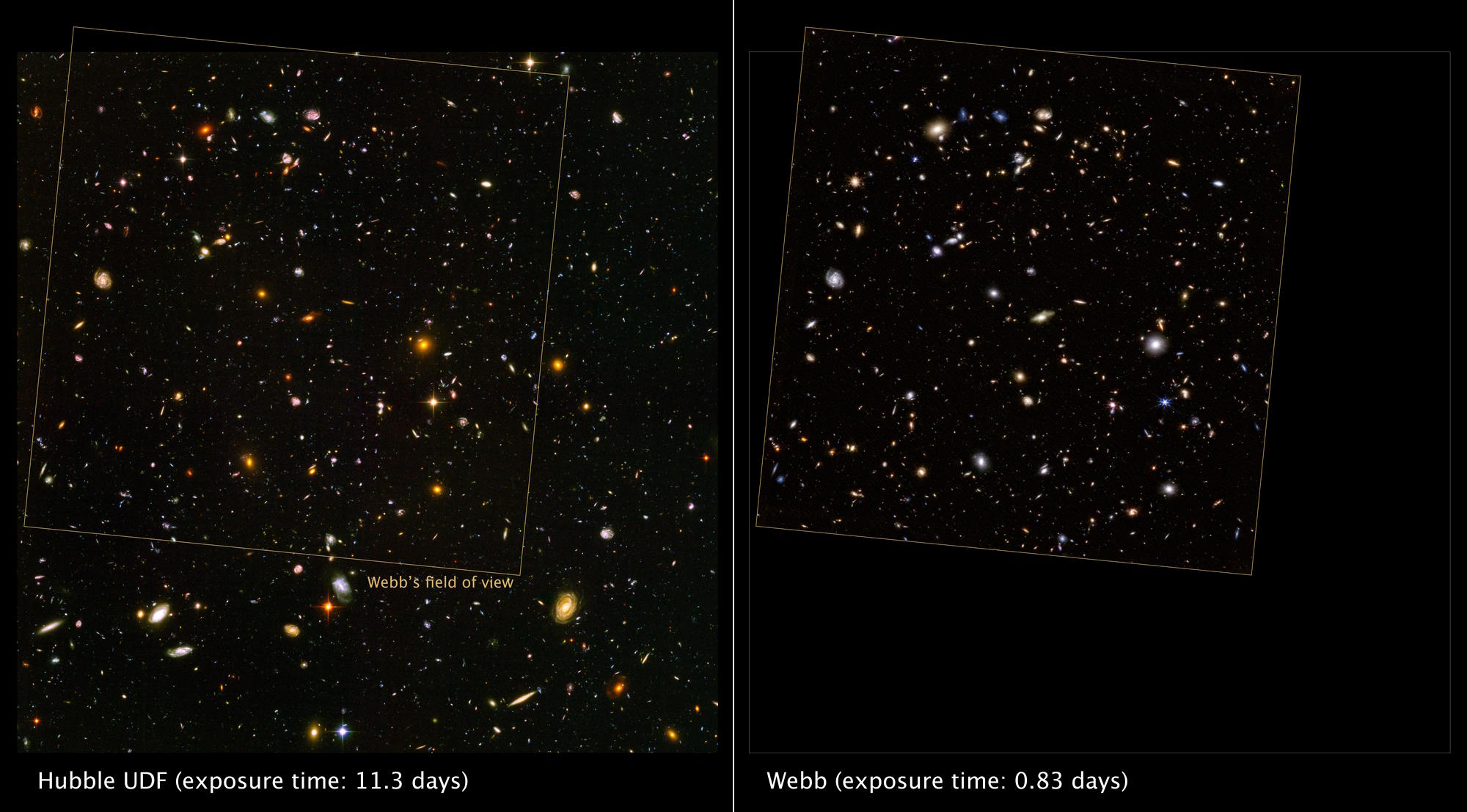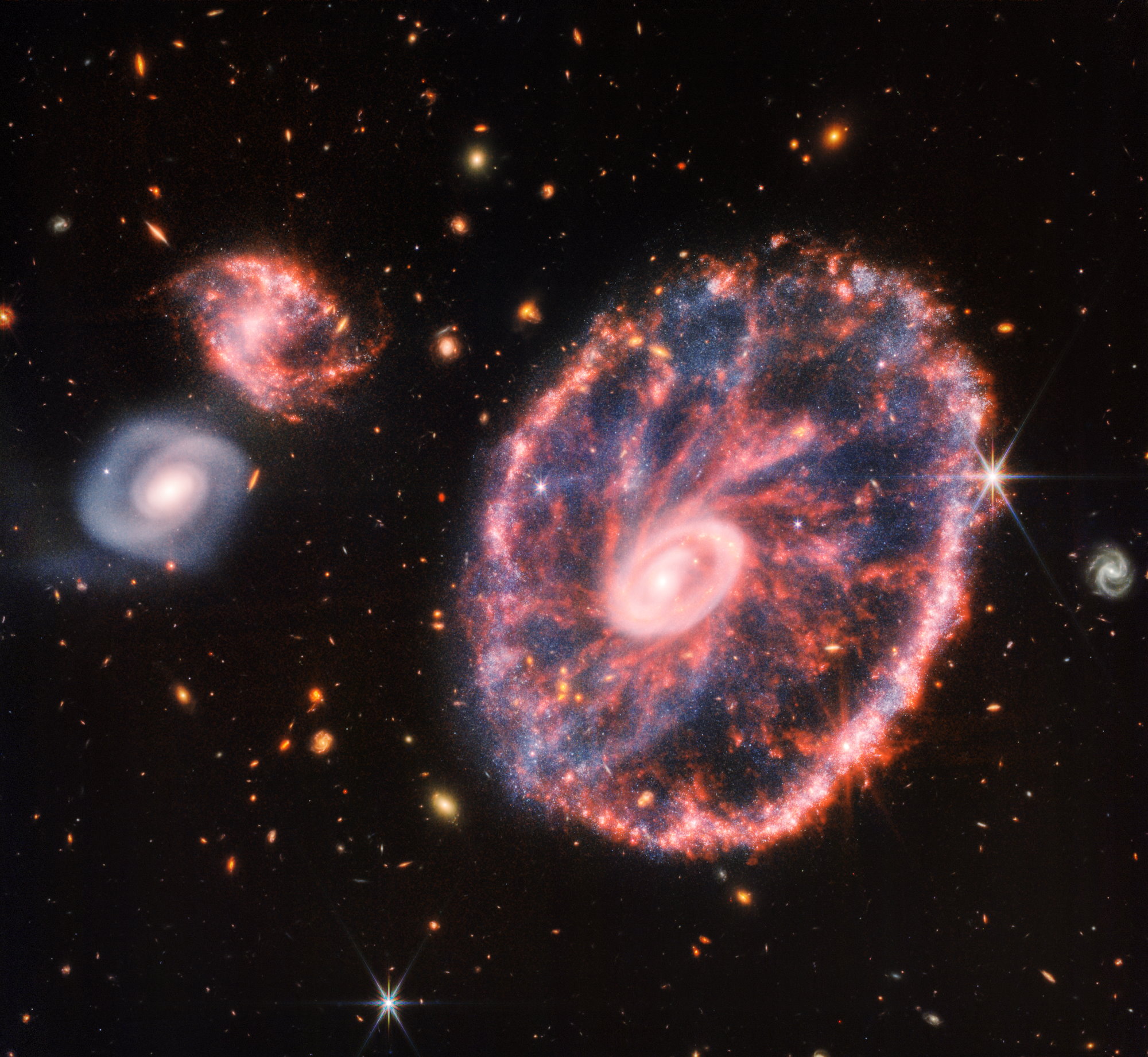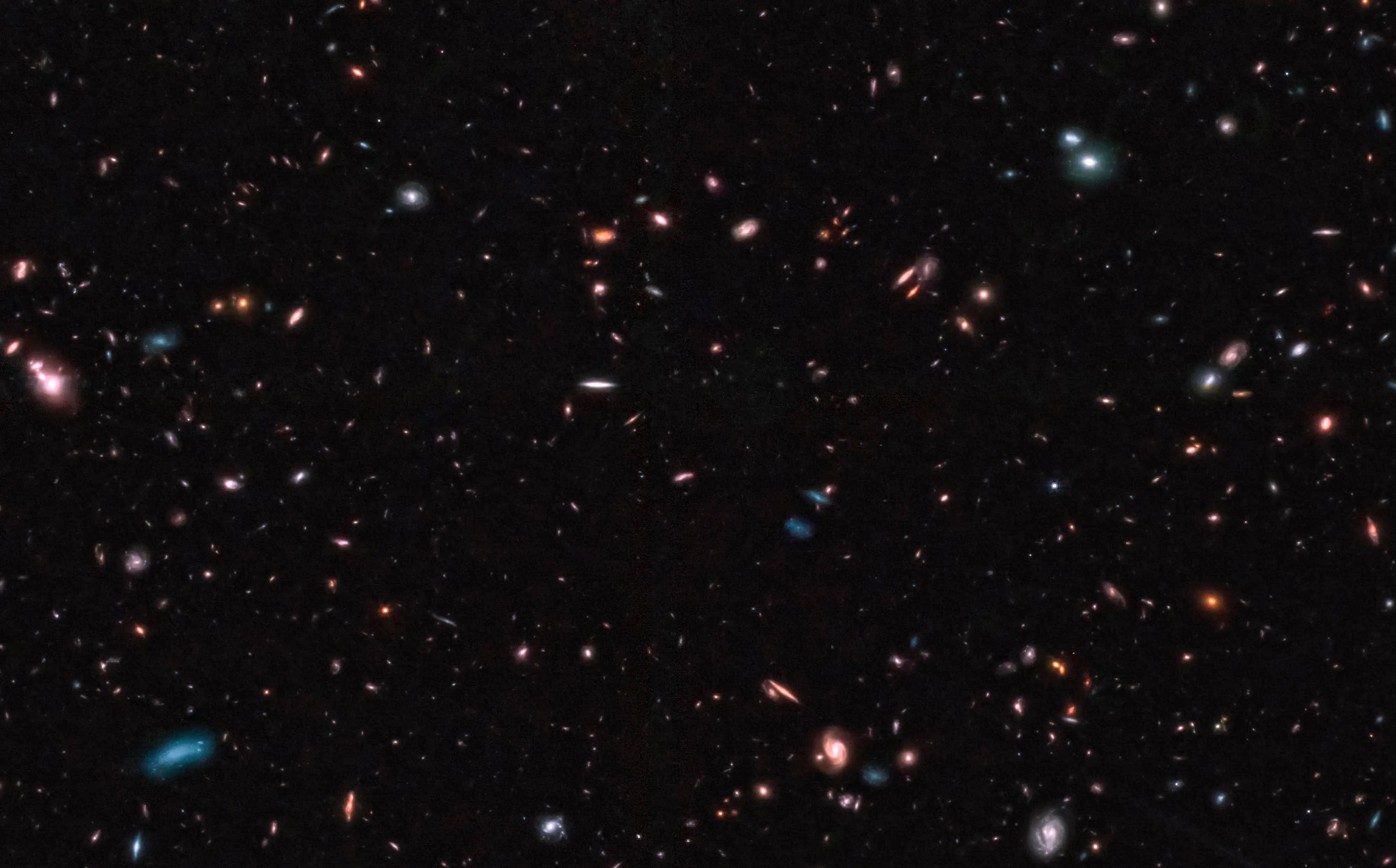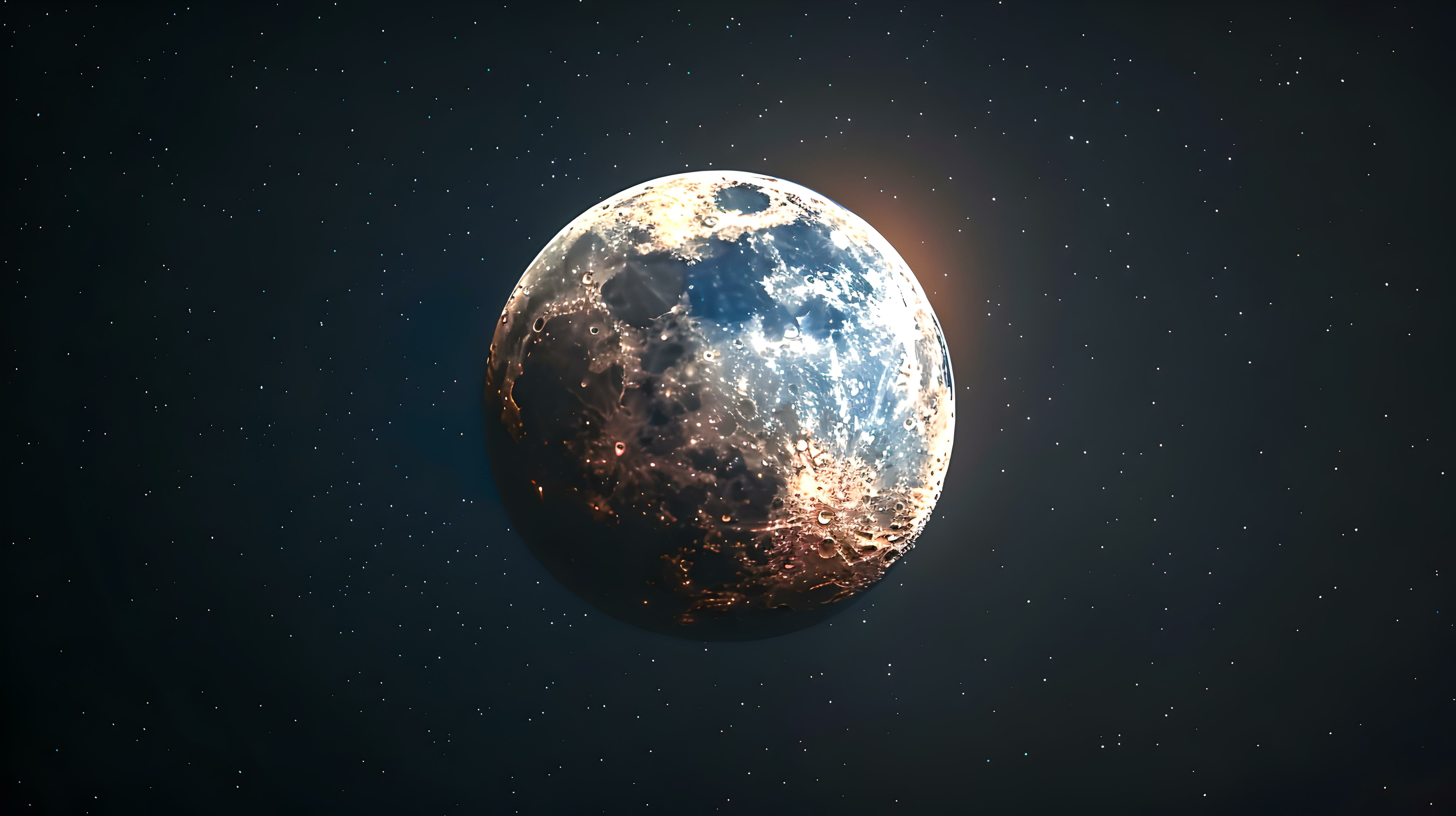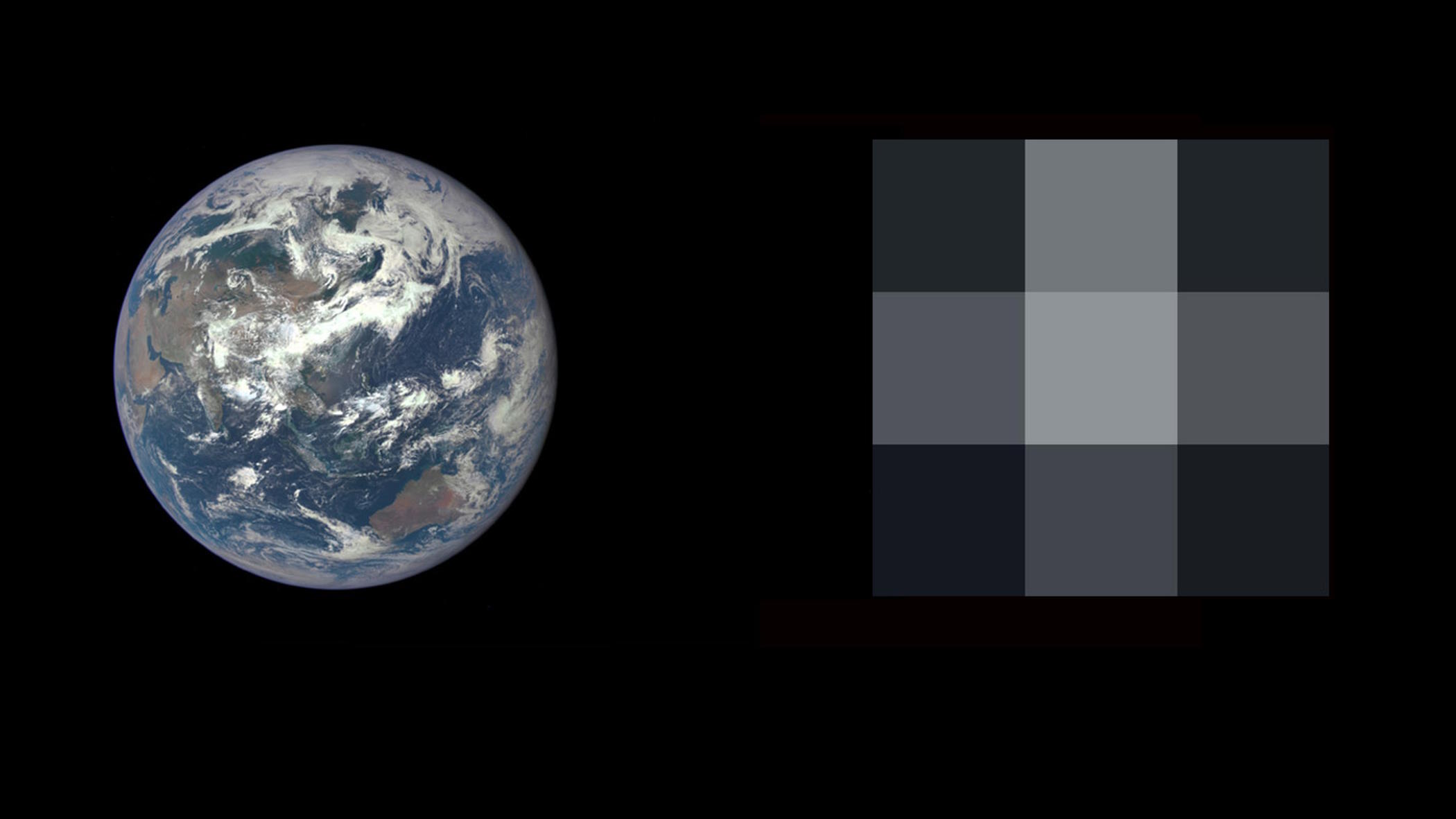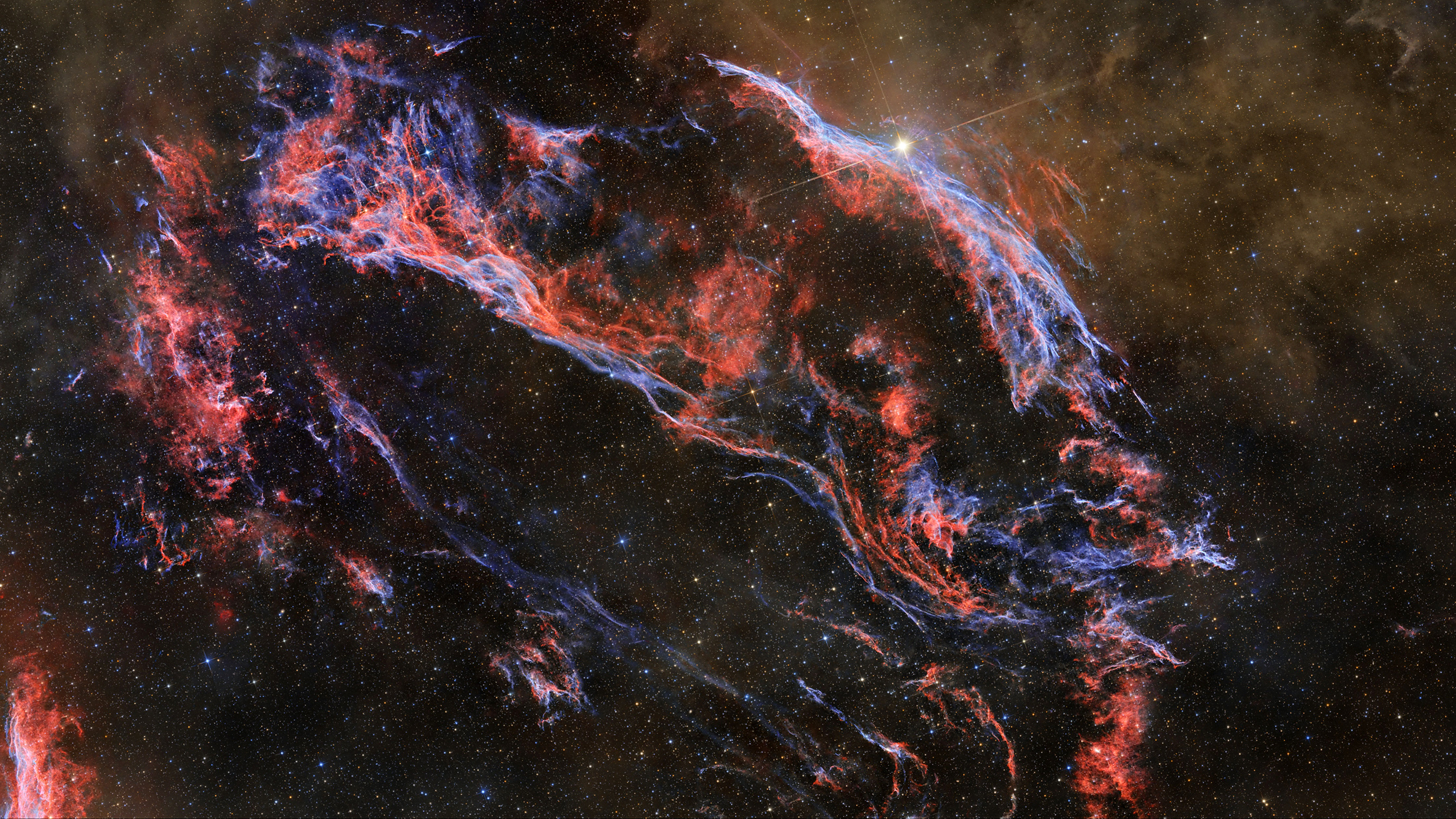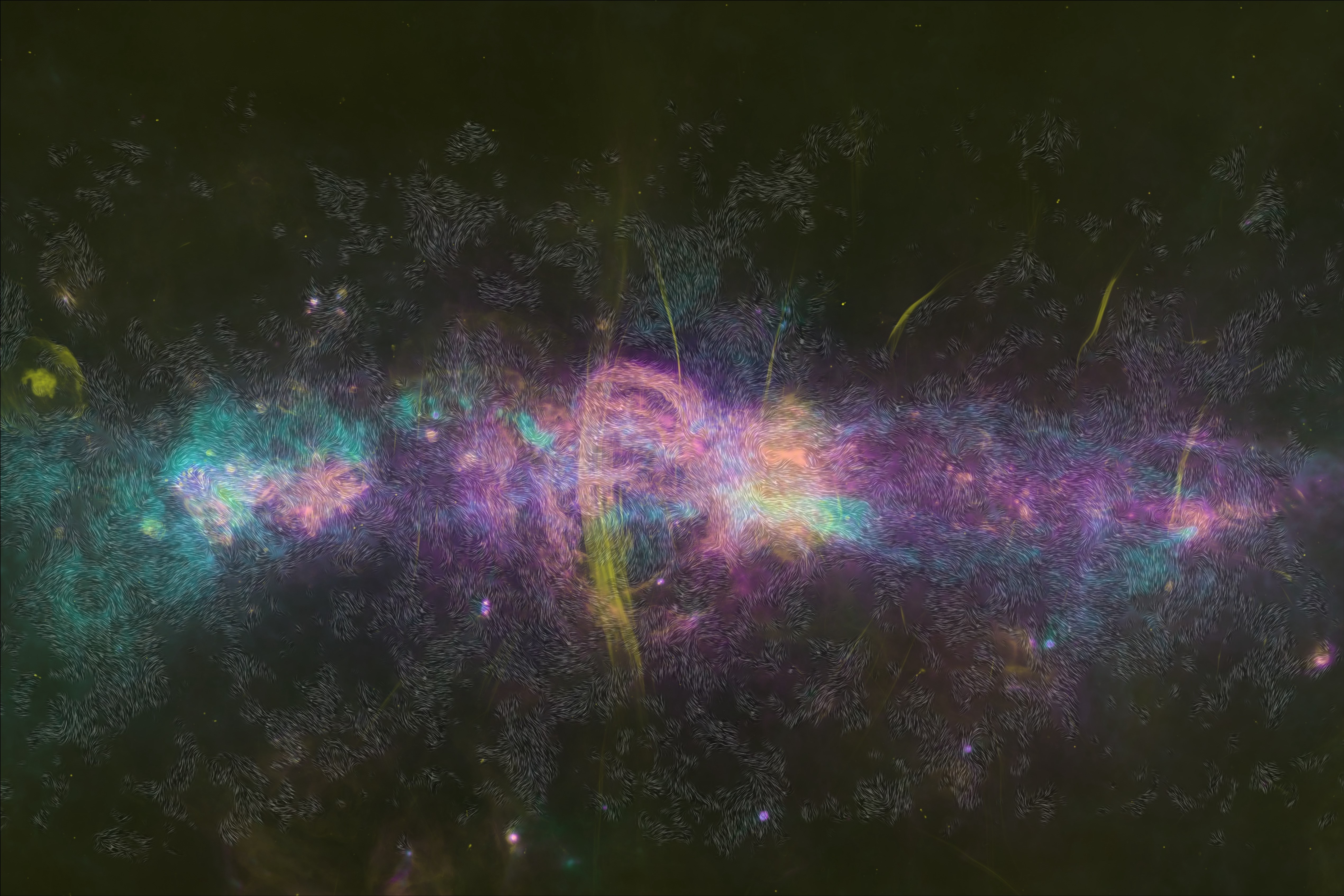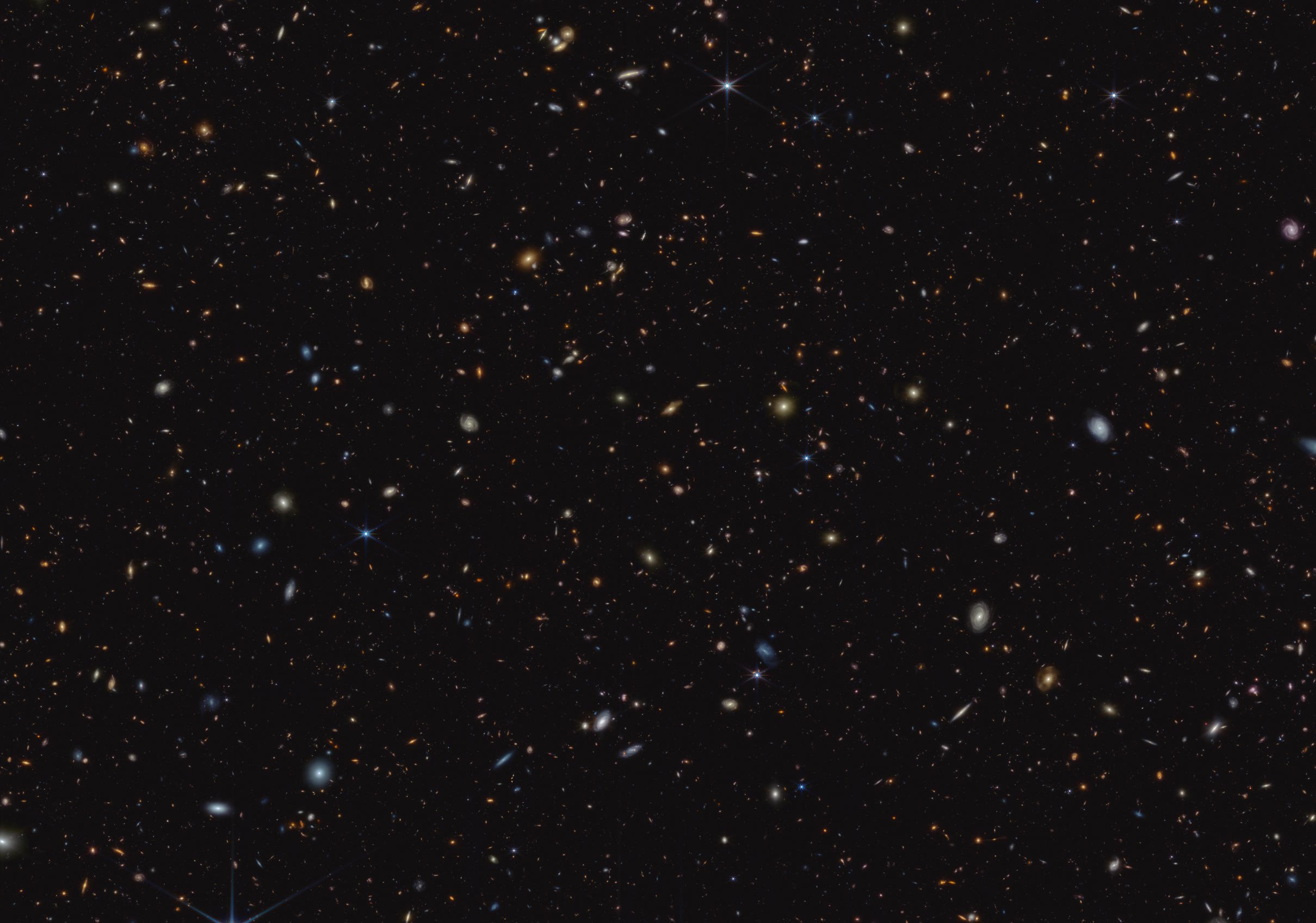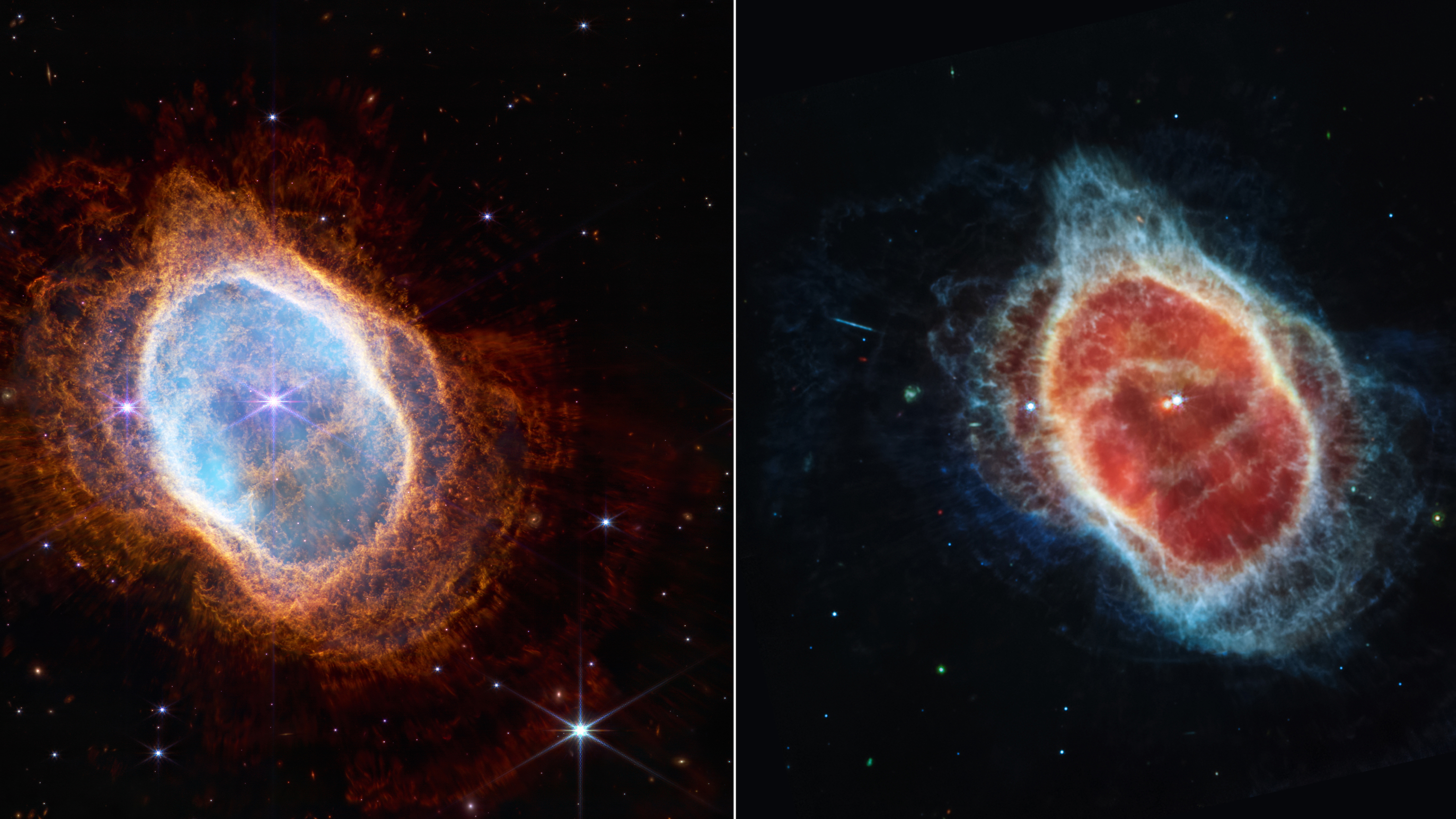Such discoveries help researchers better understand the development of molecular complexity in space during star formation.
Search Results
You searched for: Telescope
Air currents in our atmosphere limit the resolving power of giant telescopes, but computers and artificial stars can sharpen the blur.
Even with just a momentary view of our galaxy right now, the data we collect enables us to reconstruct so much of our past history.
It is a story with nebulous beginnings and no discernible end.
“I was stunned. Here in front of me was the original apparatus through which a new vision of the world was slowly and painfully brought to light.”
Almost all of the stars, planets, and interesting physics happens in the inner portions of galaxies. Is that conventional wisdom all wrong?
It’s a radical but plausible idea.
Dispatches host Kmele Foster is on a journey to understand humanity’s role in the cosmos. His first stop? The Atacama Plateau in Northern Chile, home to the darkest deserts and largest telescopes on earth.
▸
35 min
—
with
What are dark matter and dark energy? The large-scale structure of the cosmos encodes them both, with ESA’s Euclid mission leading the way.
With no other galaxies in its vicinity for ~100 million light-years in all directions, it’s as isolated and lonely as a galaxy can be.
Sometimes, going “deeper” doesn’t reveal the answers you seek. By viewing more Universe with better precision, ESA’s Euclid mission shines.
There are only a precious few minutes of totality during even the best solar eclipses. Don’t waste yours making these avoidable mistakes.
The Universe isn’t as “clumpy” as we think it should be.
Recent controversies bode ill for the effort to detect life on other planets by analyzing the gases in their atmospheres.
Galactic activity doesn’t just arrive when supermassive black holes feast on matter. Before, during, and after all create fascinating signs.
The center of the galaxy doesn’t just host stars and a black hole, but an enormous set of rich gassy and dusty features. Find out more!
Is gravity weaker over distances of billions of light-years?
A recent measurement has simultaneously settled an ongoing scientific debate while puzzling scientists.
Scientists may have detected the somewhat smelly chemical dimethyl sulfide on a planet 120 light-years from Earth.
With infrared capabilities and image sharpness far beyond Hubble’s limits, JWST looked at Hubble’s deepest field, revealing so much more.
Humanity’s newest, most powerful space telescope is performing even better than predicted. The reason why is unprecedented.
Despite many ultra-distant galaxy candidates found with JWST, we still haven’t seen anything from the Universe’s first 250 million years.
Here in our Solar System, we only have one star: a singlet. For many systems, including the highest-mass ones, that’s anything but the norm.
Finding life beyond our Solar System requires understanding its host planet.
NASA has finally chosen which flagship mission, like Hubble and JWST, will launch in ~2040. Detecting alien life is now a reachable goal.
Einstein’s theory of general relativity introduced the concept of space having a shape. So, what is the shape of space?
This first-of-its-kind image offers a detailed look at the magnetic fields within the Central Molecular Zone.
Hubble showed us what our modern day Universe looks like. JWST’s big goal was to teach us how the Universe grew up. Here’s where we are now.
Like humans, stars die. The James Webb Space Telescope’s early images already give us a lot of information about how this happens.
Astronomer Adam Frank reflects on some responses to his recent appearance on the Lex Fridman Podcast.
